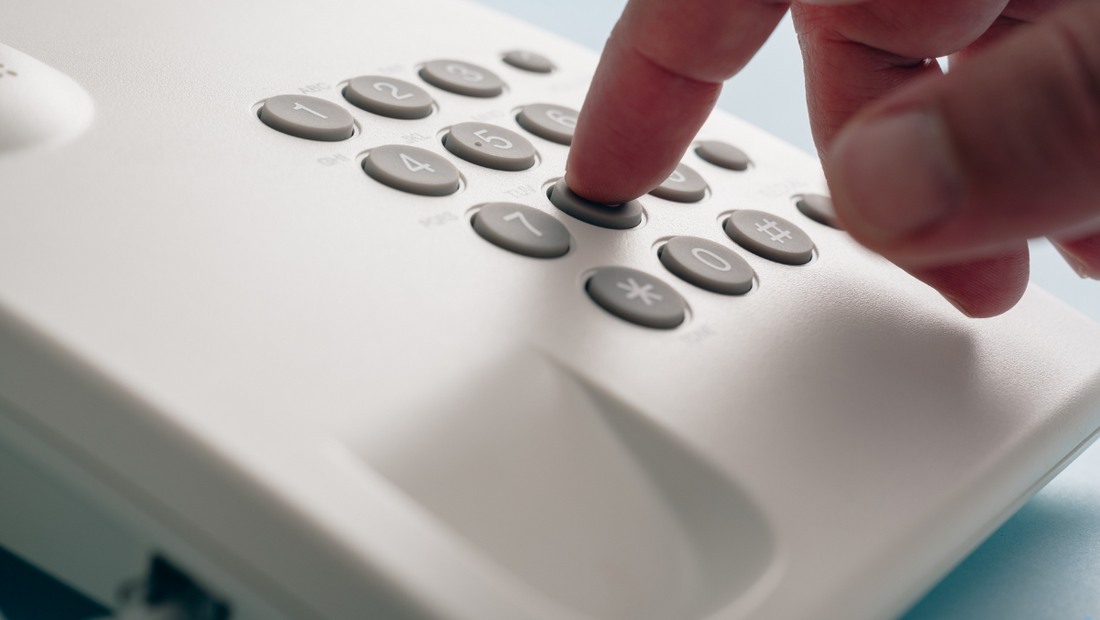In today's era of advanced telecommunications, unwanted calls such as robocalls and telemarketing calls have become a major annoyance, leading to consumer complaints, an increase in illegal calls, and a surge in spoofed calls. The Federal Communications Commission (FCC) and Federal Trade Commission (FTC) have taken significant enforcement actions to combat this nuisance, developing comprehensive consumer guides and establishing initiatives to fight against robocalls and spoofing. They utilize sophisticated call analytics, collaborating with phone companies to devise strategies such as call blocking and caller ID authentication.
This article aims to provide a comprehensive guide on how to block a landline call, using a wide range of resources and tools, including the CPR V5000 Call Blocker, and strategies recommended by the FCC and other relevant bodies. Following this guide will help you keep unwanted callers at bay, giving you the peace of mind you deserve.
Unwanted calls aren't just annoying; they can also be dangerous. Scam calls often involve the caller trying to extract personal information such as account numbers, social security numbers, passwords, and other identifying information under false pretenses. Often, they may pretend to represent a government agency or make a fraudulent payment request. Hence, the golden rule is: Don't answer calls from unknown numbers. If the call is legitimate, the caller will typically leave a message in your voicemail services.
Call Blocking Tools and Resources
There are several call blocking tools and resources available for both landline and wireless phone numbers. Robocall-blocking technology can significantly reduce unwanted calls from telemarketers and robocallers. The National Do Not Call List, maintained by the FTC, is also a useful resource for minimizing telemarketing calls. Registering your number on this list sends a message to telemarketers that you prefer not to be disturbed.
Phone companies like Verizon Landline, AT&T Landline, Spectrum phone, Cox Landline, CenturyLink Landline, and Frontier Landline offer built-in spam call blocking software and services. Many of these services allow you to block specific phone numbers. For instance, dialing *60 activates call blocking on most landlines, while dialing *80 deactivates it. Many phone companies also offer an Anonymous Call Rejection service, activated by dialing *77.
Many carriers also offer spam-blocking services and complete scam blocking plans to filter out unwanted automated calls and scam calls. Among them, Community Phone’s robocall blocking software stands out as an effective solution. It offers comprehensive features including call stats tracking and caller name recognition. This is further complemented by its mobile application, Community Phone's App, which provides real-time updates and a user-friendly interface.
CPR V5000 Call Blocker
One of the most comprehensive solutions on the market today is the CPR V5000 Call Blocker. This call blocking device is designed to work with any phone system, be it a VoIP phone, a digital landline phone, or an analog phone line. It comes with an easy call block activation process, a straightforward call block deactivation mechanism, and an Allowed List feature that ensures legitimate callers are never blocked.
The CPR V5000 Call Blocker is an excellent tool to block phone numbers that are known to make unwanted calls. It's even efficient against spam callers and junk calls, often seen as the successor to Nomorobo. It offers a robust solution for both landline phones and wireless numbers, keeping your line free from spam or scam calls, whether from a local number or a business number.
Ensuring Optimum Privacy and Security
Despite all these measures, it's essential to be proactive about your privacy. Avoid sharing your phone number freely, particularly on social media platforms and directories. If possible, opt for non-listed or non-published phone numbers. Use directory assistance cautiously and always ensure your voicemail is secured with password security measures.
The FCC provides resources on their website, including the FCC Report on Robocalls and a comprehensive consumer guide. They also have a system for victims of a spoofing scam or those who have received illegal calls to file a complaint. If you continue to receive unwanted calls after registering with the National Do Not Call Registry or using the call blocking tools, you are encouraged to file a complaint with the FCC.
The FCC has also developed the STIR/SHAKEN framework in cooperation with phone companies to validate calls. This caller ID authentication is an added layer of defense against unwanted calls, reducing the number of successful spoofed calls.
Conclusion
In conclusion, blocking unwanted calls on a landline phone is a multi-step process that involves a range of resources, tools, and proactive measures. The FCC and FTC provide comprehensive guides and resources on their respective websites to help consumers combat unwanted calls. Companies like Community Phone and products like the CPR V5000 Call Blocker provide useful technology solutions to aid in the battle against unwanted calls.
The fight against robocalls, telemarketers, and other unwanted callers is a collective effort. While regulatory bodies like the FCC and FTC continue to pursue enforcement actions against these annoying and sometimes harmful practices, individual consumers can also take measures to protect themselves. By making smart choices about sharing personal information and using available call-blocking resources, we can significantly reduce the incidence of unwanted calls.


